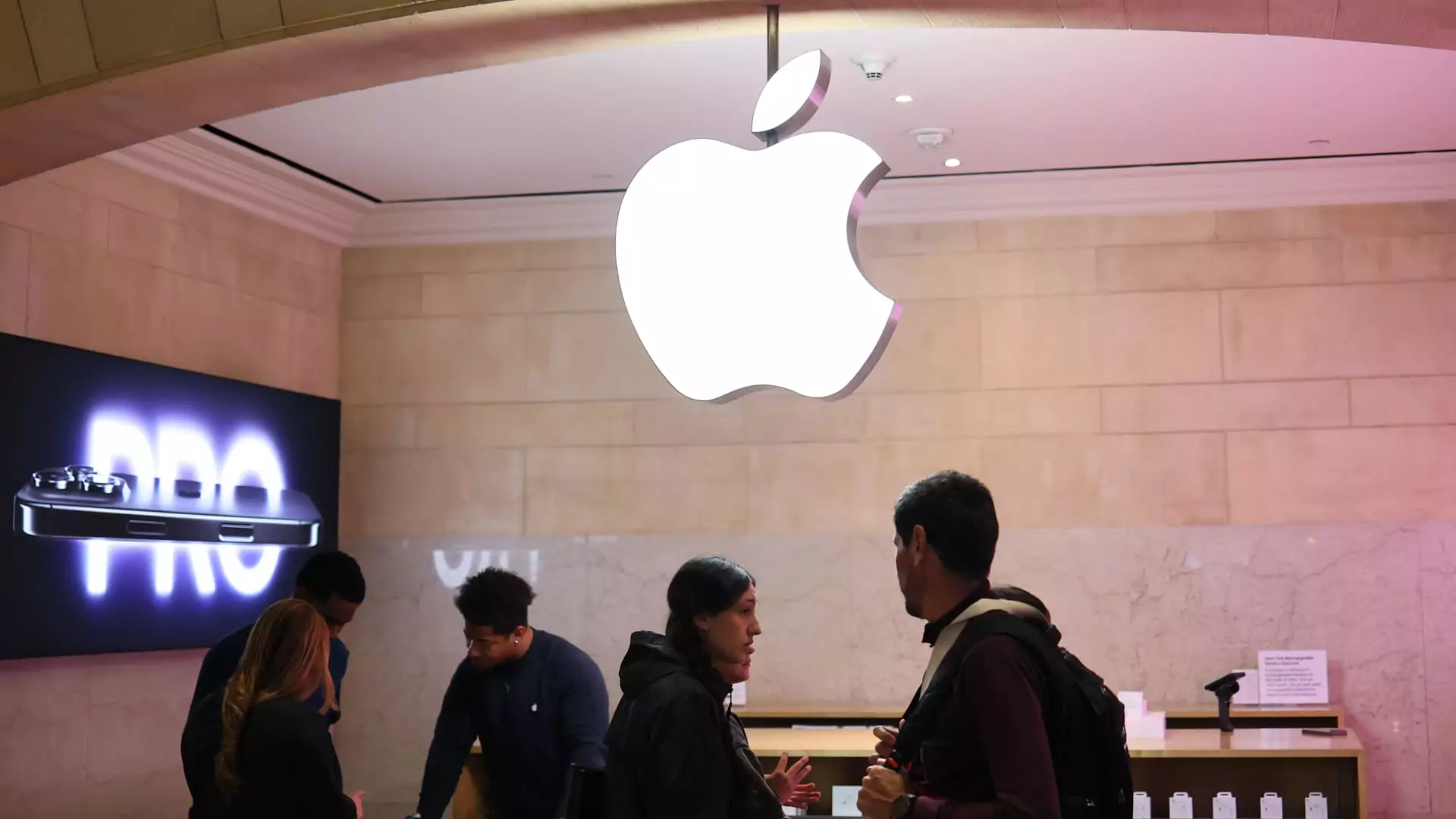7 Ways Trump’s Tariffs Could Cripple Apple: A Wake-Up Call

The current economic landscape for tech giants, especially Apple, is increasingly precarious due to the aggressive tariff policies enacted by former President Donald Trump. These policies have sent shockwaves through the tech industry, leading analysts to predict dire consequences for companies heavily reliant on global supply chains. According to Dan Ives of Wedbush Securities, Apple’s exposure to Chinese manufacturing leaves it particularly vulnerable, with a looming economic crisis on the horizon. The situation is alarming, not just for Apple’s bottom line but for technological innovation in the U.S. as a whole.
A Shocking Price Target Reduction
In a move that shocked many investors, Ives downgraded his 12-month price target for Apple by a staggering 23%, bringing it down from $325 to $250. This drop is more than a simple reevaluation; it is an ominous warning of the market’s instability. Although Ives maintains a long-term bullish outlook on Apple, the immediate future paints a grim picture. The potential for a 33% price increase from current levels may seem enticing, yet the realities of Trump’s tariff policies could negate that optimism entirely.
The China Dependency Dilemma
Truly, no tech company stands to suffer as disproportionately from these tariffs as Apple. A staggering 90% of iPhones are produced in China, along with over half of Mac products and up to 80% of iPads. This heavy reliance on Chinese manufacturing means that the massive imposition of tariffs is tantamount to financial self-sabotage. The question that lingers is whether Apple will shift its manufacturing base to the United States or elsewhere, a task that Ives estimates would require around three years and a shocking $30 billion to transition only 10% of its supply chain away from the economically volatile environment of China. Such numbers illustrate a troubling dependency that cannot be easily disentangled.
The Consumer’s Disadvantage
What’s often overlooked in this tariff conversation is the impact on the average consumer. The high-quality iPhones that have become staples in our lives may soon become out of reach for many due to skyrocketing prices. Ives warns that the premium associated with a $1,000 iPhone could become a distant memory. As tariffs raise production costs, the economic reality will hit grocery budgets, family finances, and, ultimately, consumer behavior. Increased prices do not merely affect product accessibility; they have the potential to catalyze a broader economic downturn by suppressing consumer demand.
Uncertainty Breeds Fear
The current tariff situation is not merely an economic statistic; it is a mood-lifting horror akin to a slow-motion car crash. Ives aptly points out that uncertainty surrounding tariff levels will likely cause tech companies, including Apple, to refrain from providing forward financial guidance in the near future. This lack of predictive capabilities can breed skepticism among investors and consumers alike—an environment ripe for panic and demand destruction. Without clear and reassuring messages, consumer confidence erodes, leading to hesitancy in purchasing decisions.
A Decade Delayed?
In a shocking prediction, Ives asserts that these tariffs could set the U.S. tech industry back a decade. This assertion holds water when we consider that the current tariff structure exhibits staggering rates: a 54% tariff on many Chinese goods and a nearly 32% on Taiwanese imports. The implications of such rates on Apple are catastrophic, turning their well-organized supply chain upside down. The irony is rich: an industry built on innovation and accessibility could find itself shackled by policy designed to protect it.
The Lull Before the Storm
Despite the potential hurdles, many Wall Street analysts remain optimistic about Apple’s future, with a majority rating the stock as a buy or strong buy. However, can we truly trust these ratings in the face of chaotic economic conditions? While the consensus price target of $248 still suggests considerable upside, the inherent risks and uncertainties surrounding tariffs cast a long shadow. Even on days when Apple shares experienced slight recoveries, the volatility serves as a persistent reminder that the calm may be misleading, and a storm is brewing that could drastically reshape the landscape of U.S. technology.
In a political climate constantly shifting and evolving, Apple finds itself navigating treacherous waters, fighting to sustain its position as an industry leader while grappling with the harsh realities of a tariff-laden market. The revelations brought forth by analysts like Ives call for a deeper examination of the complex relationship between politics and the economy—especially for a titan like Apple.





